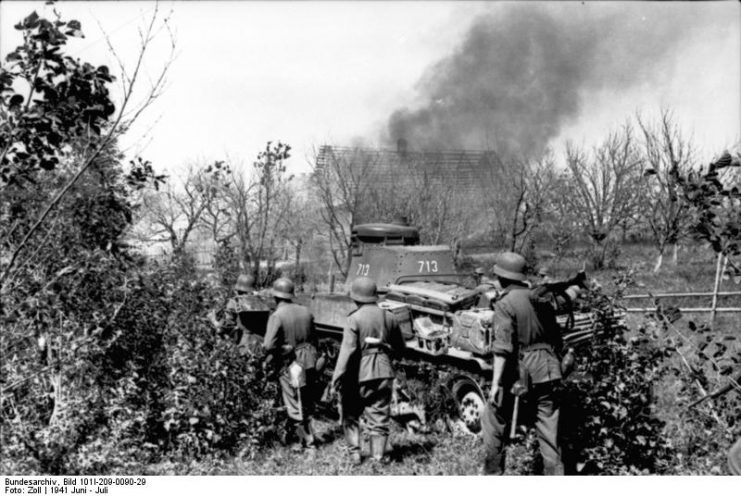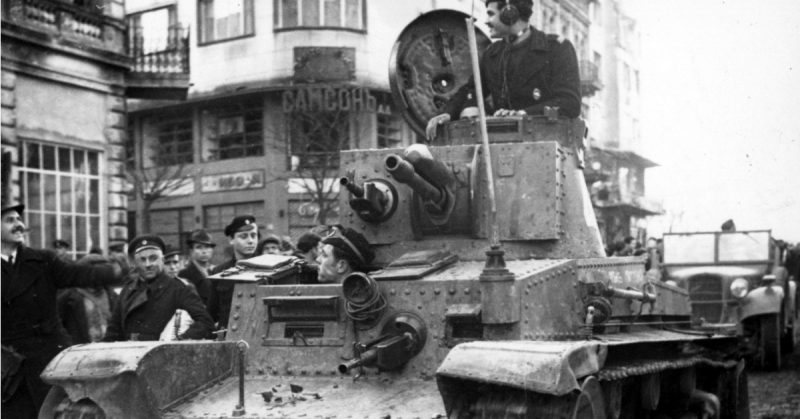Originally known as Panzerkampfwagen 35(t), the Panzer 35(t) was a light tank designed in Czechoslovakia and used by the German Nazis. The (t) added to the name stood for ‘Tschechisch’ which simply meant ‘Czech’ in German.
The Panzer 35(t) started out as a Czechoslovak LT-35, but after the seizure of Czechoslovakia and all Czechoslovak factories, 244 out of 434 produced LT-35s taken by the German Nazis.
Under Germany, the Panzer 35(t) saw action in the invasion of Poland in 1939, the Battle of France in 1940, and the initial invasion of the Soviet Union in 1941, after which it phased out.
Among the German allies in the Eastern front, the Panzer 35(t) survived longer and was used in the Stalingrad campaign.
Although it was considered initially to be a light tank, the Panzer 35(t) was as well-armored and well-armed as the earlier variants of Panzer IIIs and IVs. It would later be seen as a medium tank.
The Panzer 35(t) was designed by Skoda over a period of two years running from 1934 to 1936. Then, it was known as LT-35.
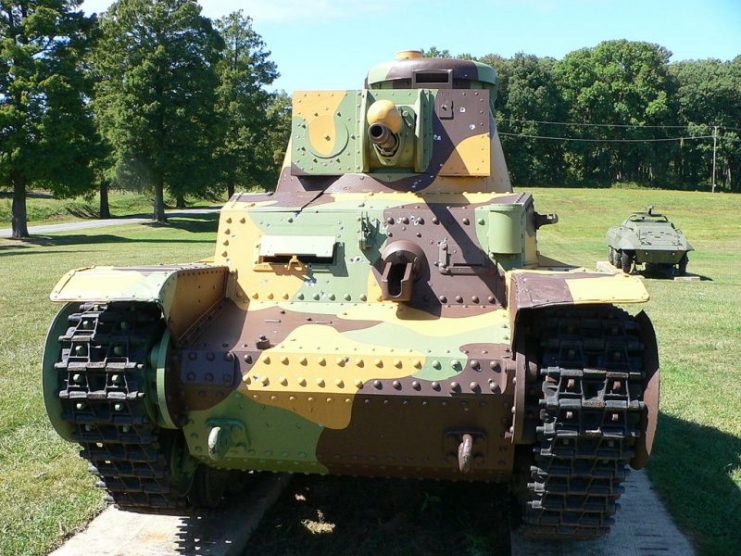
The manufacturing of the LT-35 was done by both Skoda and CKD, with Skoda delivering its LT-35s to the Czech army between December 1935 and April 1936, and CKD delivering its own during 1937.
The LT-35 weighing 10 tons was armed with a 37mm Skoda UV vz 34 guns and two 7.92 mm Zbrojovka Brno vz.37 machineguns. The vehicle was propelled by a 120hp Škoda Typ 11/0 4-cylinder gasoline engine and had a speed of 34 km/h.
After seizure and enlistment of the LT-35s into the Panzer Battalions and its designation of Panzer 35(t) by the Germans, several modifications were made to the tank, but the basic elements remained unchanged.
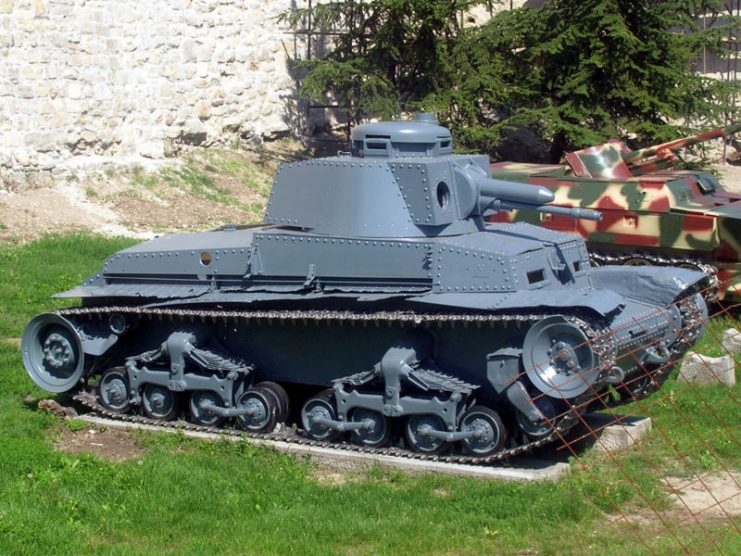
German radios and intercoms were installed, Notek lights were fixed on the mudguards and German lights were installed at the rear of the tank.
The most significant change made to the Panzer 35(t) was the addition of the fourth crew member. The fourth crew member served as a loader, giving the captain less workload and improving the efficiency of the vehicle in combat. The captain would have more freedom to focus on his tactical duties during combat and increase the tank’s chances of success and survival.
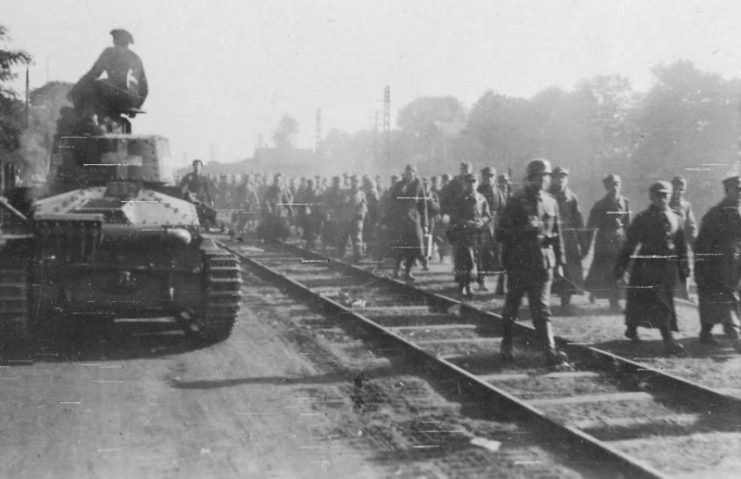
The decision of the Germans concerning the Panzer 35(t) was proven effective during their brief hostilities in the battle of France when Panzers faced French tanks, the French commanders had to load aim and fire all by themselves, making them slower than the German commanders who had less work to do.
The first use of the Panzer 35(t) by the German armored force was during the invasion of Poland, 164 Panzer 35(t)s were deployed to the battlefield, 77 of these were lost, but only 7 were beyond repair.
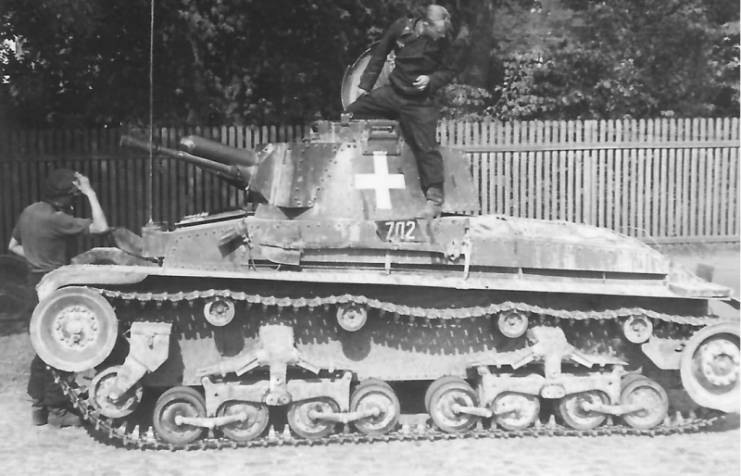
During the Battle of France, the Panzer battalion lost 44 of the Panzer 35(t)s after the first attack through the Ardennes, 35 replacements were issued to the battalion before the Fall Rot occured.
During the invasion of the Soviet Union, they Panzer division suffered the heaviest losses, with 47 tanks totally irreparable. By the end of October, only 34 tanks remained operational with another 41 requiring repair. The Panzer 35(t)s were declared completely non-operational by Germany on the 30th of November, 1941.
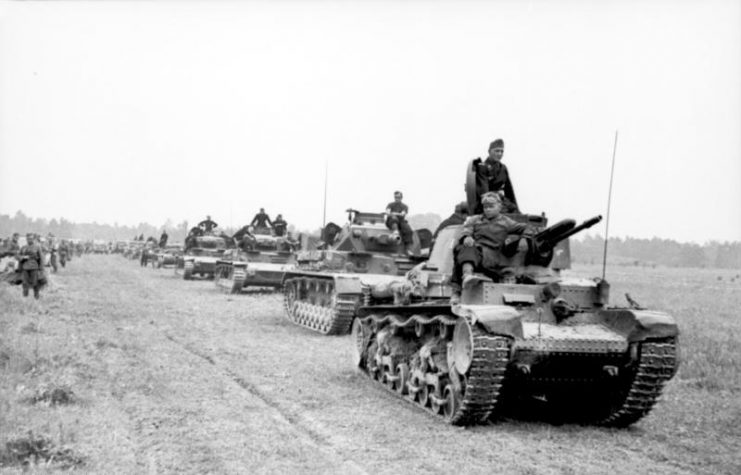
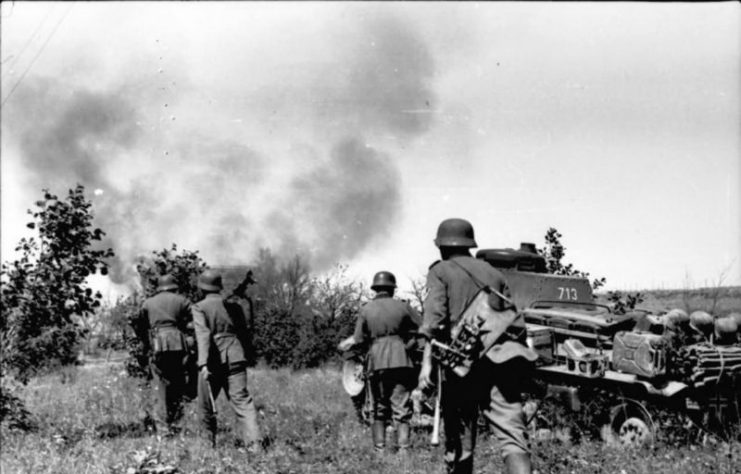
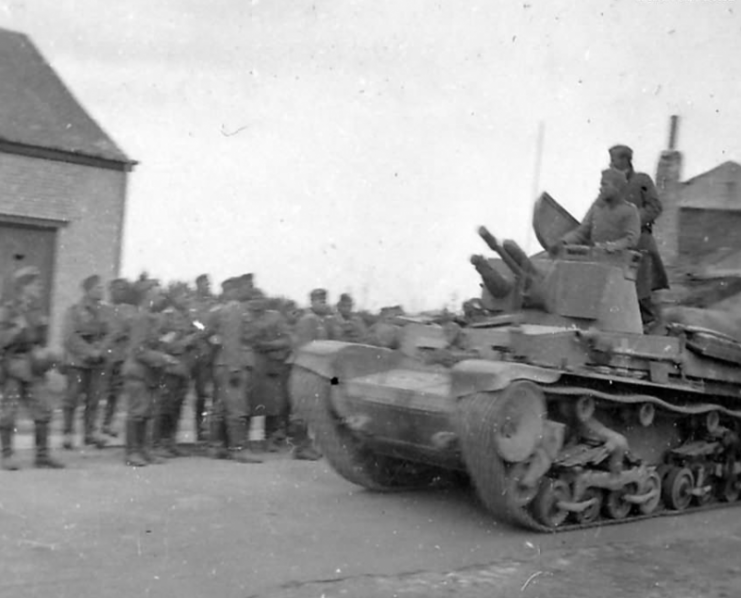
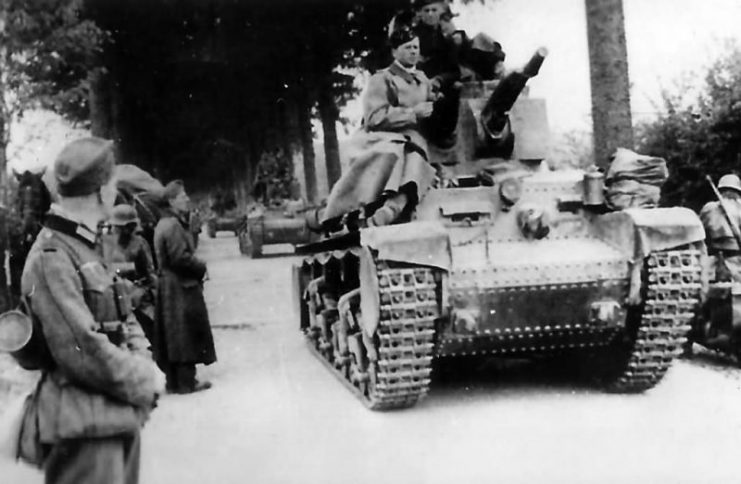
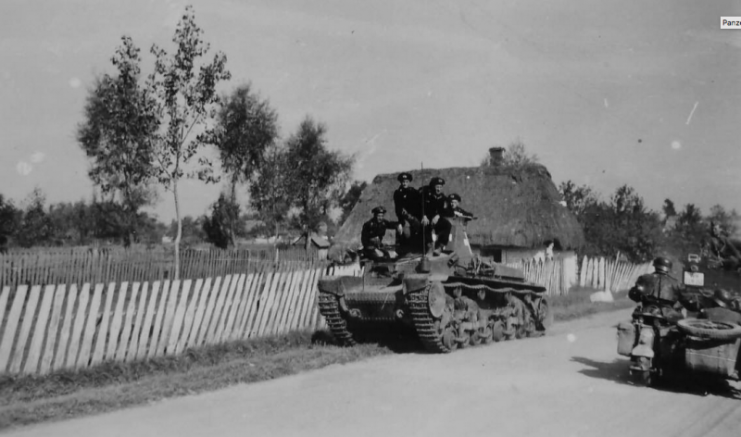
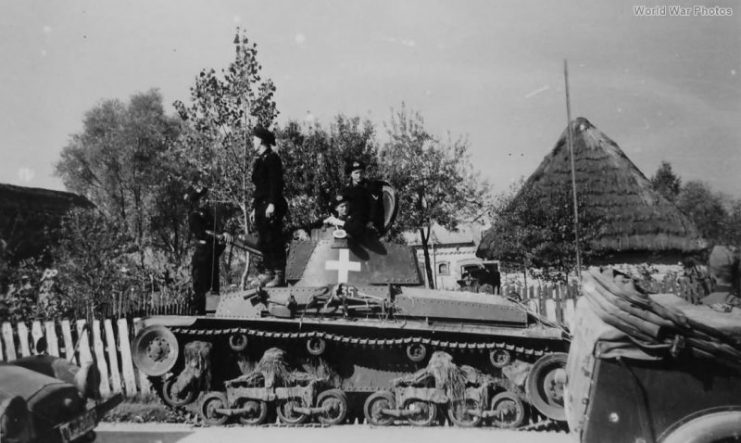
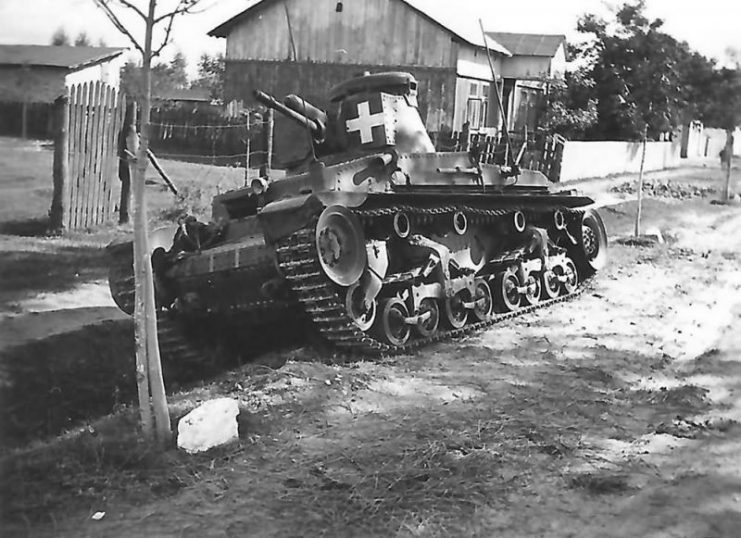
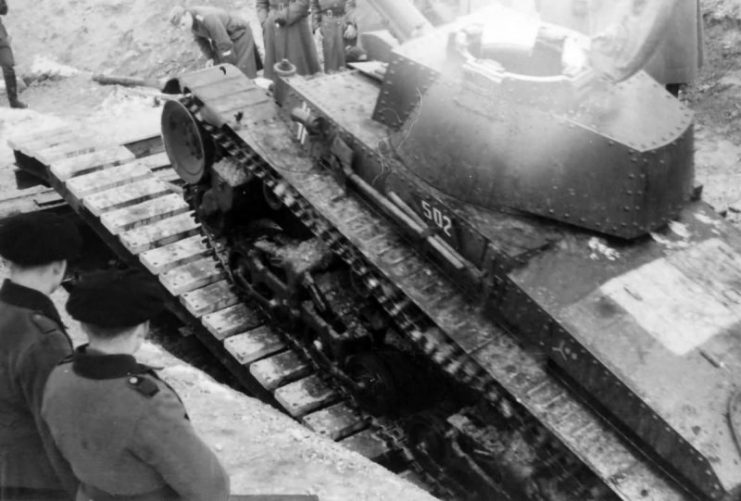
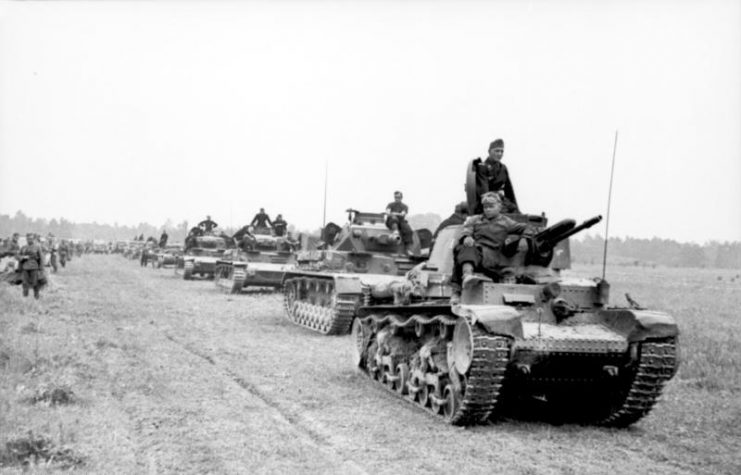
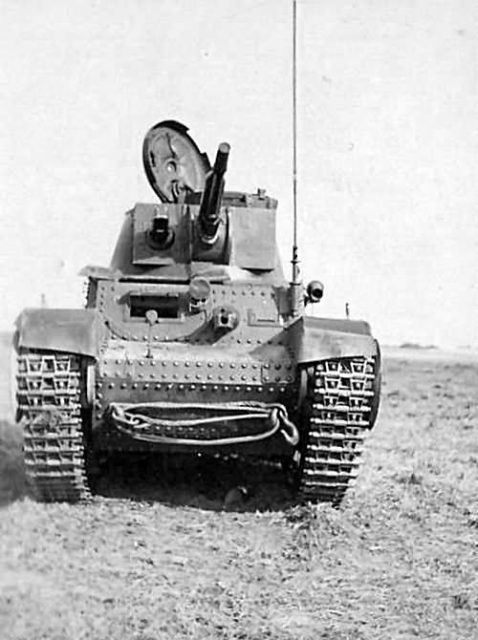
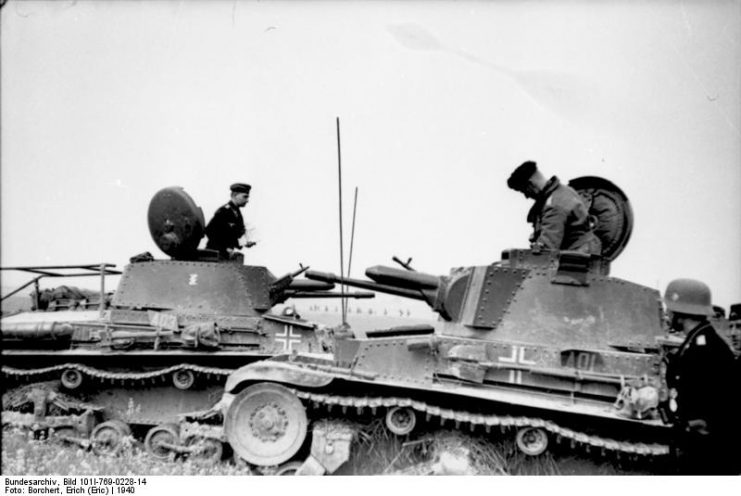
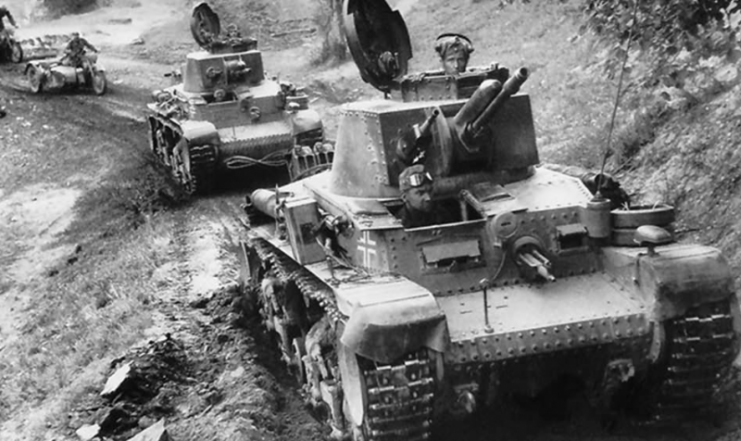
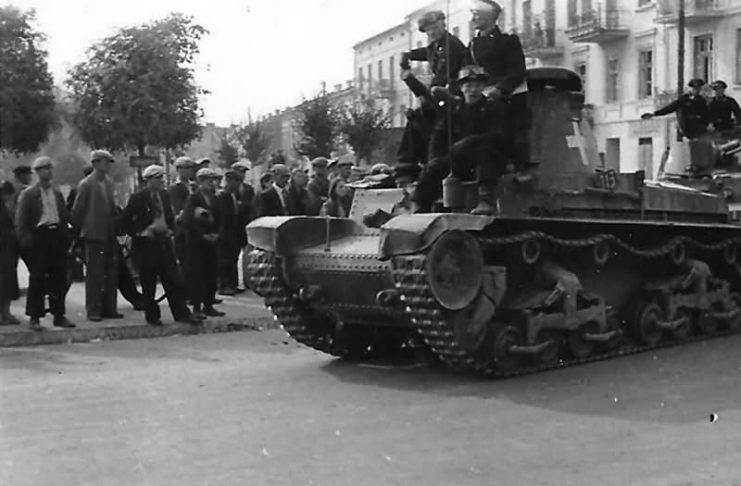
Read another story from us: Michael Wittmann, the Deadly German Panzer Ace Of WWII
